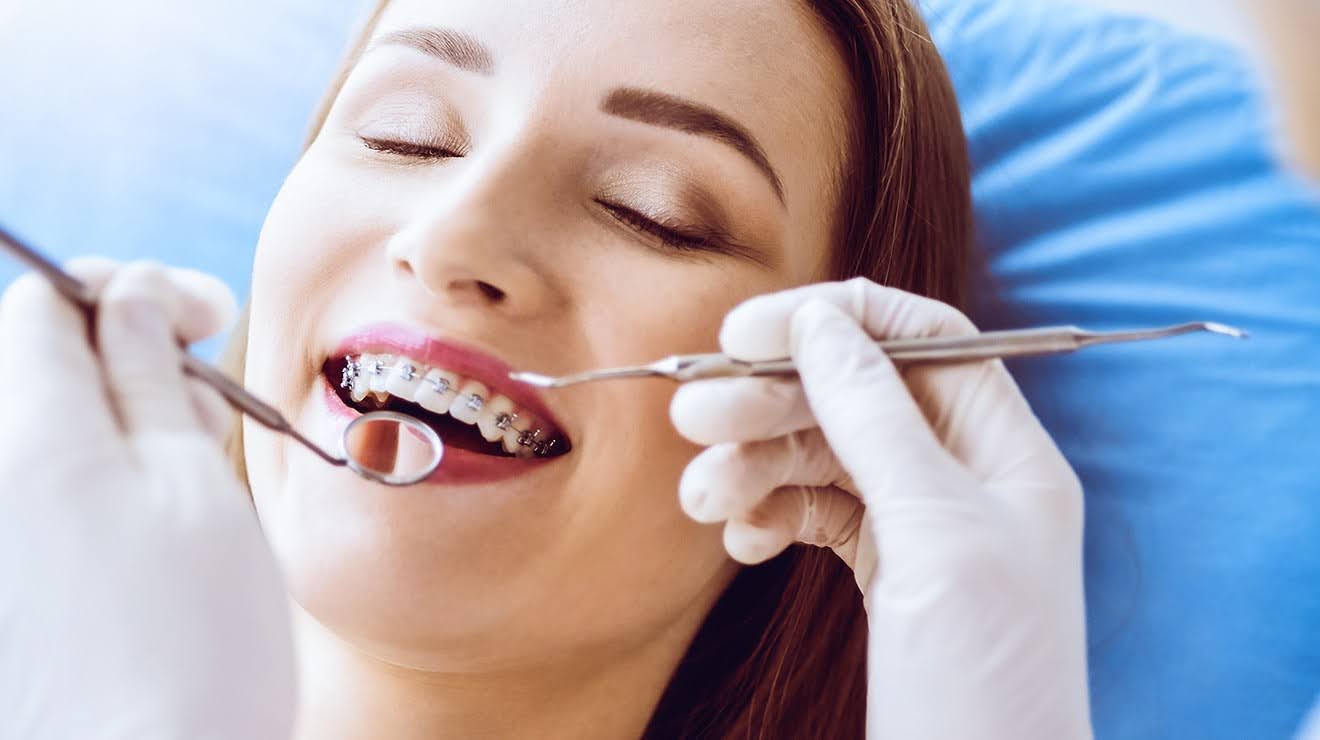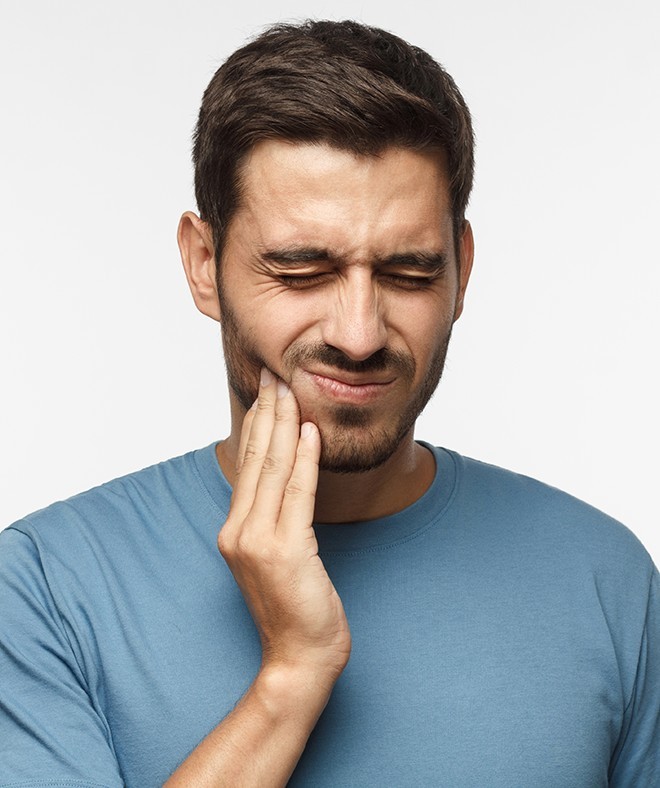Many want to straighten their teeth and achieve a confident smile. However, not all want to wear traditional braces with metal wires and brackets. You may have heard of “Invisalign”, but do not know much of it.
Invisalign has grown popular over the past years as an alternative for realigning or straightening your teeth. In this blog, we will discuss how Invisalign works and everything you need to know about this orthodontic treatment.
What Is Invisalign? Understanding How Invisalign Works
Invisalign is an orthodontic treatment that correctly aligns teeth using a set of custom-made aligners that will gradually shift your teeth into a desired position. The Invisalign aligners are made using a flexible thermoplastic material called SmartTrack.
The aligners are made of smooth and virtually invisible plastic material, which means that you can realign or straighten your teeth without anyone noticing. They are not completely invisible, although they are less noticeable compared to traditional braces.
In Invisalign, the material applies a gentle but constant force, adapting tightly but comfortably around your teeth. Invisalign can treat various teeth misalignment conditions such as open bite, overbite, underbite, crossbite, crowding, and spacing.
Invisalign is suitable for almost anyone who wishes to improve their smile, from teenagers to adults. It is an excellent option for various dental issues, although it is better to schedule a visit with an orthodontist to see whether it is the right choice for your specific condition.
Invisalign vs. Traditional Braces: What Are the Differences?
Both Invisalign and traditional braces can improve the alignment of teeth and ultimately, give you a better smile. However, there are some differences between the two. Here are some differences between Invisalign and traditional braces:
- As to appearance. Invisalign uses a set of clear plastic aligners, so they are virtually invisible and barely noticeable to other people. On the other hand, traditional braces are made up of metal wires and brackets that are visible to others and may cause self-consciousness.
- As to treatment length. Generally, Invisalign tends to be faster in achieving straight teeth compared to traditional braces. Traditional braces usually take about two to three years, while Invisalign typically takes between 12 and 18 months. However, it’s important to note that the length of your orthodontic treatment may vary depending on your specific dental needs.
- As to convenience. Invisalign aligners can be removed whenever necessary. Traditional braces cannot, as they are stuck to the teeth by wires.
- As to maintenance and oral hygiene. As Invisalign aligners can be removed, maintenance is easier. You can brush and floss your teeth easily as you normally would. On the other hand, brushing and flossing is quite more challenging with traditional braces due to the wires and brackets.
The Advantages of Invisalign
There are numerous advantages of Invisalign, which is why it has become a popular option for straightening teeth. The advantages of Invisalign include the following:
They Are Invisible
The clear aligners are less noticeable compared to the wires and brackets of traditional braces, so you won’t be self-conscious and can smile confidently throughout your entire treatment. Most people won’t be able to tell that you have Invisalign aligners, as these aligners are virtually invisible.
They Are Removable
You can remove the aligner from your mouth whenever you need to, such as on special occasions. But just remember to put them back on so that they can do their job!
Invisalign Offers Comfort and Convenience
Invisalign aligners are smooth and comfortable. You won’t have to worry about sharp edges that can irritate the inside of your mouth, or metal rubbing the inside of your cheeks or gums.
Additionally, Invisalign offers convenience in the sense that there is ease of cleaning your teeth. Because they are removable, it’s easy to brush and floss your teeth.
Invisalign Is Safe
There is no need to worry because Invisalign is safe. The aligners are made of SmartTrack material, which is specifically developed for the treatment. So, whether you need Invisalign for yourself or for your child, there is no need to worry.
Getting Invisalign Will Not Change Your Habits
With Invisalign, you will be able to eat and drink what you like without worrying about your aligners, as long as you clean them following your orthodontist’s instructions. Additionally, Invisalign aligners are removable, so this means there aren’t food restrictions like with traditional braces.
Invisalign Is Suitable for People of All Ages
Invisalign is suitable for people of all ages, including patients suffering from a range of different dental ailments. From teenagers to adults, Invisalign is suitable for almost anyone who wants to improve their smile.
A Rapid and Efficient Treatment
Most of the Invisalign treatments take from 12 to 18 months, and results will start to show after a few weeks. Invisalign corrects misaligned teeth more quickly and efficiently. The process is faster, and in about a year you can achieve the dream smile you’ve been aiming for.
The Invisalign Treatment Process: What to Expect
During your initial consultation with your orthodontist, you can expect X-rays and photos to be taken in order for them to come up with a personalized treatment plan for you.
Then, a set of custom-made aligners will be created. They will gradually shift your teeth into a desired position. You can expect regular check-ups with your orthodontist to ensure that progress is made and so that they can make necessary adjustments.
Once your teeth reach the desired position, the aligners will be removed, and you will then be provided with a custom-made retainer to maintain your new smile.
Choosing Invisalign for a Confident, Beautiful Smile
Many want to improve their smile and straighten their teeth, but not all want to wear traditional braces for various reasons – the appearance, food restrictions, and the challenges that come with wires and brackets.
Invisalign is a modern treatment in orthodontics that’s an alternative to traditional braces. Custom-made aligners that are virtually invisible are used, so your teeth will be transformed without people noticing. Invisalign offers fast and effective results without the hassle and discomfort of traditional braces.
So, if you want to improve your smile and say goodbye to crooked teeth, you can consider Invisalign.




